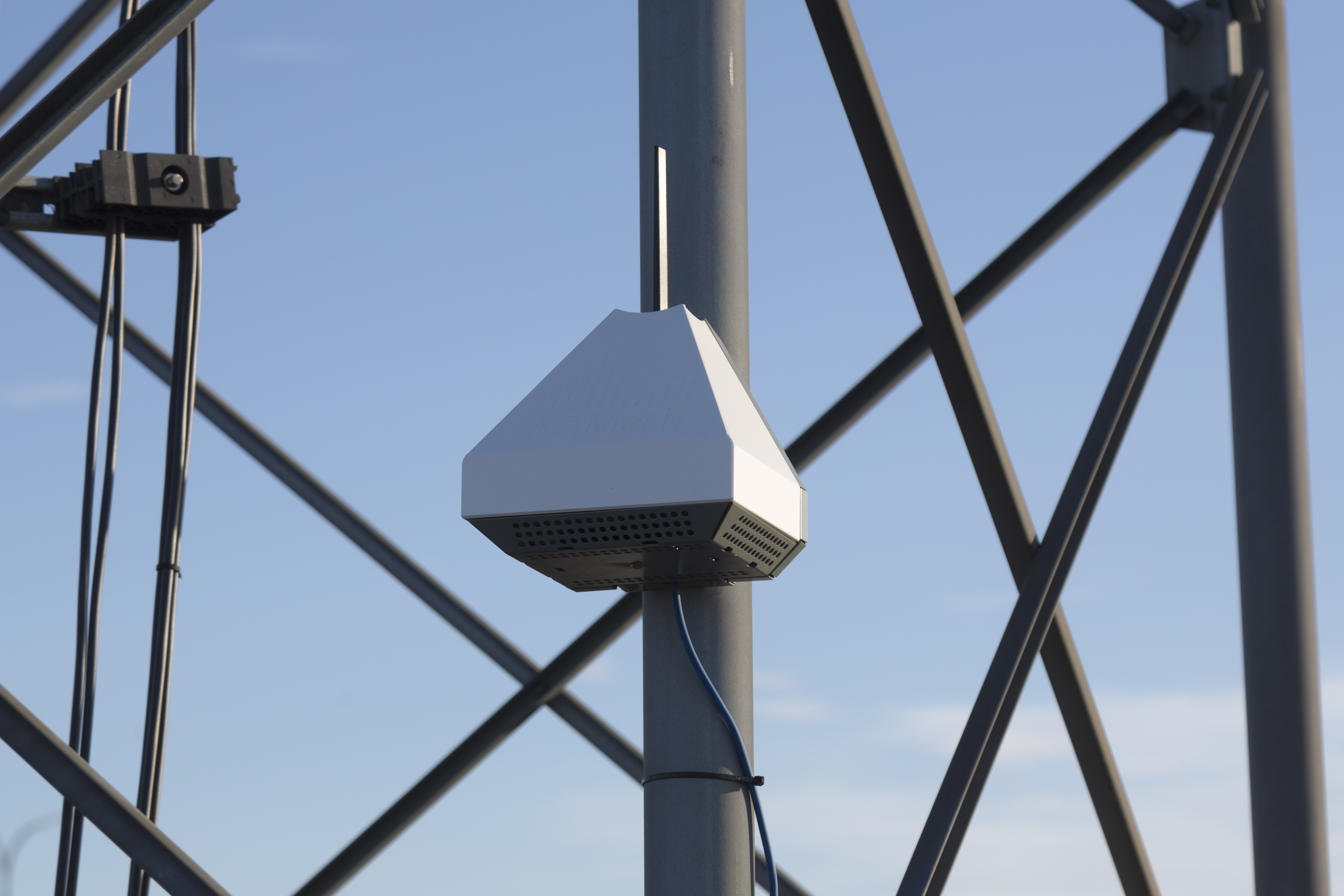 AQMesh is now able to offer CO2 and H2S within its range of gas options for local air pollution monitoring.
AQMesh is now able to offer CO2 and H2S within its range of gas options for local air pollution monitoring.
The NDIR CO2 sensor, which can be offered within a single AQMesh pod alongside five other gases out of NO, NO2, O3, CO, SO2 or H2S, as well as PM1, PM2.5, PM10, temperature, pressure and humidity, has been developed to deliver a higher performance than those typically used for indoor air quality monitoring. It has been rigorously tested against Picarro reference equipment, resulting in an R2 value of 0.93. Pod-to-pod correlation of over 20 AQMesh pods has shown R2 values of 0.98 and 0.99, and the sensor has a MAE (mean absolute error) of less than 20ppm.
In addition to monitoring deviations from ambient levels of CO2, elevated CO2 levels can indicate that monitoring is taking place in a combustion plume and levels of other gases can be interpreted accordingly. For example, the ratio of CO2 to the other pollutant gases present can indicate whether those gases were emitted by a local or distant source.
An additional electrochemical sensor has been introduced to offer H2S measurements. After integrating the sensor, measurements have been compared to readings from a Honeywell SPM Flex installed at a sewage treatment site with an R2 value of 0.87 over a measurement range of 0-150ppb. Particularly of interest to the oil and gas industry, in association with the SO2 monitoring already available on AQMesh, it can be used to measure emissions from sour gas and residual emissions from flaring operations.
AQMesh can measure up to 6 pollutant gases in various combinations, as well as particulate matter, humidity, atmospheric pressure and noise in one small, compact easy-to-install unit. There is a range of wireless power options, including lithium battery packs and solar panels, with information sent in near real-time to a secure server via cellular GPRS. Data can be accessed by a secure login or can be streamed via an API connection.
AQMesh pods are in use across the globe in a variety of indoor and outdoor air pollution monitoring applications, and are becoming increasingly popular in smart cities and networks. Pod performance has been proven through extensive testing in worldwide co-location comparison trials with reference equipment, which have delivered impressive and reliable correlation results.
—–




